Media | Articles
The Allanté was once envisioned as “The New Spirit of Cadillac”
The start of the 1980s was a truly troubled time of product downsizing, lookalike styling, and sub-standard quality at General Motors. In the face of strengthening foreign competition, Cadillac general manager Bob Burger concluded that his division needed a top-of-the-line two-seater—a high-style, high-tech, high-image, high-priced halo car intended to boost the image of Cadillac’s roster. We know it today as the Allanté, a car that did not live up to its potential, but nonetheless stands as an example of Cadillac’s profound ambition to up its game.
In early 1982, Burger dispatched a group of engineers to Italy to meet with designers and coachbuilders to explore the possibility of one of them partnering with Cadillac on a special luxury roadster body. “We came back thinking that Pininfarina should be selected,” said Allanté program manager Ed Anderson in a 2007 interview with your author.
Not surprisingly, that did not sit well with the Cadillac studio at GM Design. When then studio chief Wayne Kady heard that the division was outsourcing that program to an overseas design house, he was both hurt and angry. “We’ve done all your bread and butter cars through the years,” Kady remembers complaining to Burger one day, “but when it’s time to do a historic and fun project, you give it to someone else.” Burger said, “Kid, don’t get upset. We’re looking for a car with a designer name to it. It’s like Levis, it’s that tag on the back of the jeans.”
In 1983, Pininfarina (at the time busy with Ferrari Testarossa and Mondial bodies) agreed to a deal with General Motors; by 1986, Pininfarina had built and opened a new facility specifically for Allanté 20 miles from Turin in rural San Giorgio, Italy, to be the second stage of a bi-continental vehicle assembly process. The bodies were built and painted on an exclusive line at Turin, then transported to San Giorgio, where 25 young men not long out of high school had been hired and trained to fit their exterior trim, electronics, and leather interiors.
Then came the most outlandish (and expensive) wrinkle: the “Air Bridge” to Detroit. The newly built bodies were trucked in uniquely designed aluminum cargo modules to the Turin airport, loaded (56 at a time) onto specially-equipped Alitalia and Lufthansa 747s, jetted to Detroit, then hauled to the Detroit-Hamtramck Assembly Center to be married to their chassis and powertrains. The 747s flew three times each week, and on their return trips carried some 80 Allanté parts—underbodies, rear compartments, engine compartments and all major electrical components—from Detroit to Turin. “It was called the longest assembly line in the world,” said Allanté manufacturing operations director Bill Buschman. “Nearly 7000 miles long.”
Marketplace
Buy and sell classics with confidence
Allanté chief engineer Dave Hill (later chief engineer and vehicle line executive for C5 and C6 Corvettes and Cadillac’s XLR) spent five long years commuting to Italy at least once each month. “That car had excellent dynamics,” he later asserted, “considering it was front-wheel drive. And while its 4.1-liter V-8 was competitive with the Mercedes 380 SL’s 3.8-liter V-8, when Mercedes bumped it to 4.5 liters, we were in a catch-up mode.”
Billed as GM’s “passenger car flagship,” Cadillac’s luxury roadster hit the streets in March 1987. Its fully independent strut-type suspension rode on front coil springs and Corvette-type composite transverse rear leaf springs. Its steering was power rack and pinion, its brakes four-wheel power discs with Bosch ABS, and its transmission a viscous-clutch electronically controlled four-speed automatic. Its 15.0 x 7.0 in. forged aluminum wheels wore P225/60VR15 Goodyear Eagle VR high-performance tires. Inside its cockpit were multi-adjustable Recaro leather seats, digital/graphic instrumentation and Delco Bose AM/FM/cassette audio.
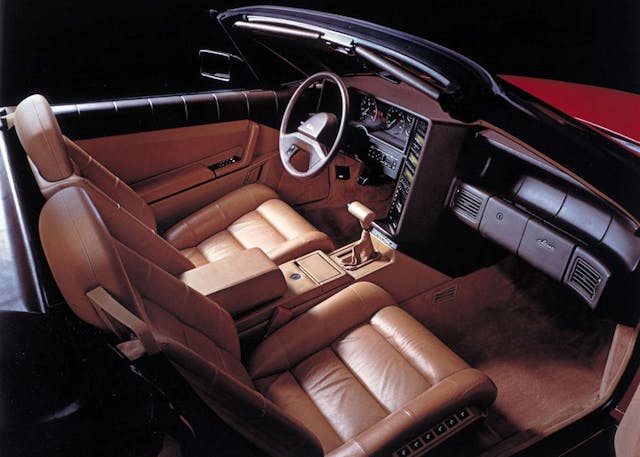
Other top-of-the-line Cadillacs stickered under $30,000, but the ground floor for the Allanté was a breathtaking $54,700 (with a standard removable aluminum hardtop and a seven-year/100,000-mile warranty). It was forecast to capture 6000-8000 annual sales, roughly half the U.S. market for such cars. “The Allanté was planned to be—and is—a very special car,” said GM technical staffs vice president Alex Mair at the time. “There’s an excitement at Pininfarina, in the man [Sergio] himself and in his company. When Pininfarina’s design flair and coachwork expertise are added to Cadillac’s… excellence in powertrains, suspensions and handling, the result is a marriage of remarkable strength.”
“We wanted people driving Allantés who were opinion leaders and had high visibility in whatever their work might be,” said John Grettenberger, who succeeded Burger as Cadillac general manager and a GM vice president in 1984. “When we introduced the Allanté to our [top 100] master dealers, Sergio Pininfarina came over to unveil it. He was such a personable man, such a very honest, open and compatible individual, that he put himself in their place and talked about what this car could mean to them. When he pulled the curtain back and they had a chance to see the car and come up on stage and touch and feel it and get inside, he had them so emotionally inspired that they jumped to their feet and cheered and clapped. It was an amazing, heartwarming experience.”

Initial media reaction was generally positive despite the car’s high price and ambitious volume goal in a market that had absorbed fewer than 3800 Jaguar XJ-Ss and 2600 Porsche 928s the previous year. Automobile magazine proclaimed its debut “a significant event, probably a milestone, in modern American automotive history. It represents a refreshing attitude, a renewed willingness to specialize and to appeal to a narrow slice of the buying public.”
Complaints focused on its modest performance (10 seconds 0-to-60 mph), “video-game” instruments, hard seats and difficult manual soft top. While its body quality was far from good at first, it dramatically improved over time. “I’ve had some great people work for me, but I have never seen a workforce as skilled as that one,” Buschman later told us. “Their work ethic and mechanical skills were utterly phenomenal, and that factory was as clean as the cafeterias in our plants’ medical departments. But we did have our problems. They were not accustomed to the dimensional control standards we required. Still, the Pininfarina people—starting with Sergio—worked closely with us, and we raised the car to number one in GM quality ratings.”
For 1988, Allanté got a power pull-down for its convertible top, no-cost optional analog instruments and improved headrests. The following year brought a 200-hp 4.5-liter V-8 (improving 0-60 performance to under 8.5 seconds), 16-inch wheels and tires, three-mode automatically adjustable suspension, variable-assist power steering, softer seats and door panels and other improvements. For 1990 came a soft-top-only model, traction control (an industry first with front drive), suspension refinements, a standard CD player and a driver’s-side air bag. And for 1991, an improved “Phase II” convertible top, more suspension and steering refinements and a more powerful Delco/Bose Gold Series Symphony sound system. Nothing much changed for ’92.
Then, one year before a scheduled full redesign, a substantially improved ‘93 Allanté debuted Cadillac’s hot new 4.6-liter 32-valve DOHC Northstar V-8, which pumped 290 horses and 290 lb-ft of torque through a new four-speed automatic. It urged the drop-top Caddy to a sub-seven-second 0-60 time. Also notable: a new short/long-arm rear suspension, new-generation traction control, and more refined versions of Cadillac’s Road Sensing Suspension and Speed Sensitive Steering. The Allanté was, finally, the internationally competitive luxury roadster its creators had envisioned … albeit six years too late. Cadillac gave the Allanté the axe following the 1993 model year.
“It was due for a significant styling change, it needed a power top, and a number of new technological features were scheduled to be introduced on it,” Grettenberger explained in our 2007 interview. “All that would have meant a very significant investment of $300-500 million, which was hard to justify on such a low-volume car. It was probably the right decision, but it bothered me—and a lot of other Cadillac people—a great deal that we had to discontinue [the car].”
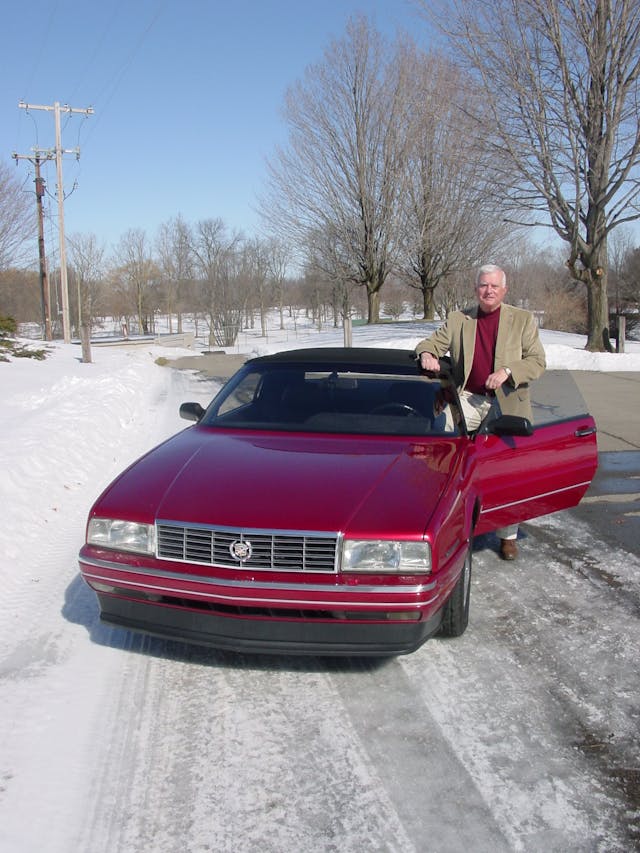
Buschman recounted for us the painful day in which he had to confirm the car’s cancellation to the dedicated San Giorgio plant crew: “Most of them broke down and were crying. ‘Please tell us this is not true,’ they were saying in Italian. I had to tell them it was true … and try to explain as best I could. That is a moment you never forget. It gives you some idea of the tremendous importance that this had for those folks.”
Cadillac Allanté production totaled 21,106 units over seven model years: 3003 for 1987; 2569 for ‘88; 3298 for ‘89; 3101 for ‘90; 2500 for 91; 1964 for ‘92; and 4671 for ’93. The last example built (VIN #129311) was completed at Detroit-Hamtramck on July 16, 1993.
Paul Duchene, in a 2018 Hagerty story discussing the Cadillac two-seater’s disappointing collector value, compared it to late comedian Rodney Dangerfield because it “gets no respect,” likely due to its modest (at first) performance and early quality issues. If you like the Allanté, don’t be swayed by its reputation—the car has a fascinating history, looks good, handles reasonably well, is relatively rare, and there are affordable examples on the market that are ripe for the taking.
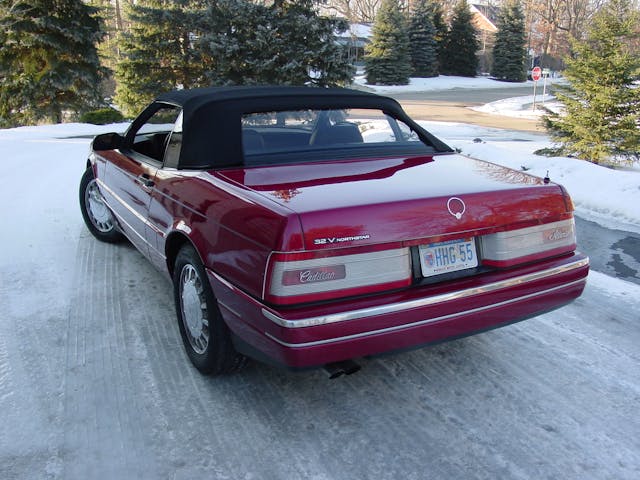
“This was going to be a breakout car that would be on everyone’s wish list and would bring that halo back to Cadillac,” Grettenberger told us. “It was never intended to be a high-volume car or to make a big return on investment, but it was expected to pay its own way. I don’t think it ever did. Cadillac needed an image car, something that could compete head-to-head with Mercedes and Jaguar.
“Importantly, though, it did have an uplifting effect on our organization and the dealer body. It did a lot for Cadillac’s morale to bring out a car of that ilk and sell it credibly. They had never had anything like that, so you can imagine how excited they were.”
Right up until he recently passed away at age 82, Grettenberger loved and regularly drove his own pearl red 1993 example. Naturally, he picked the model year in which the Allanté had finally reached the heights of its lofty aspirations. If only the dream hadn’t then evaporated into thin air.

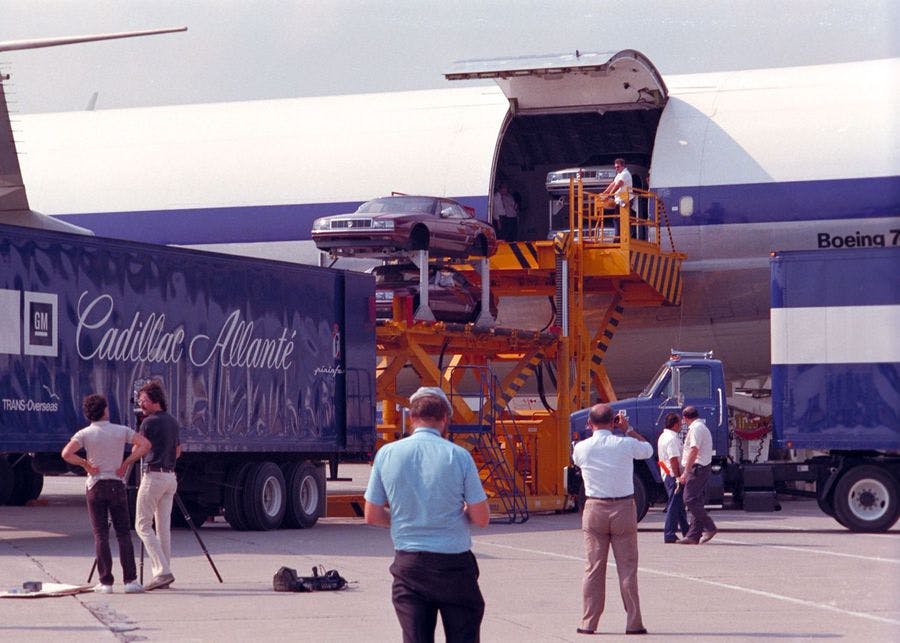
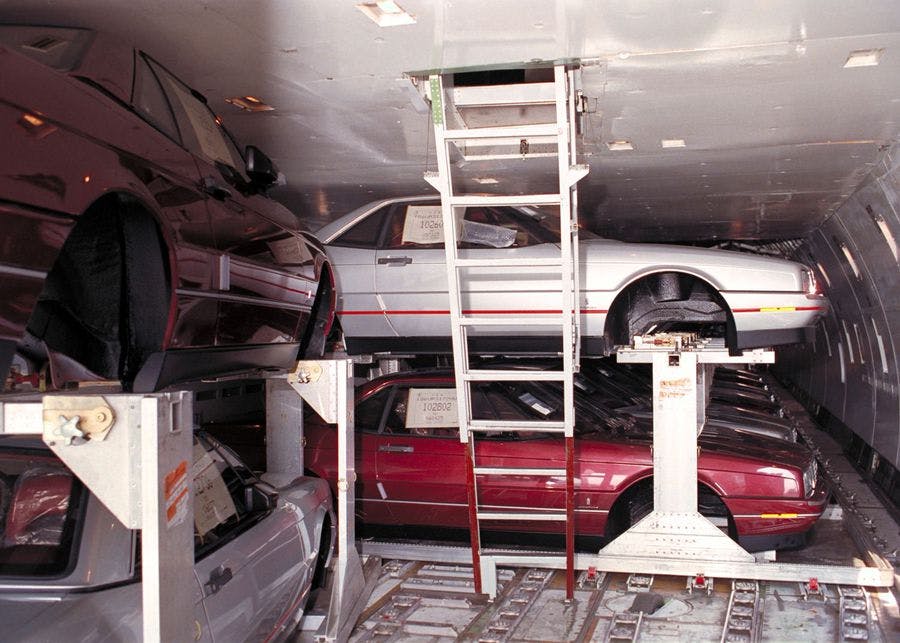


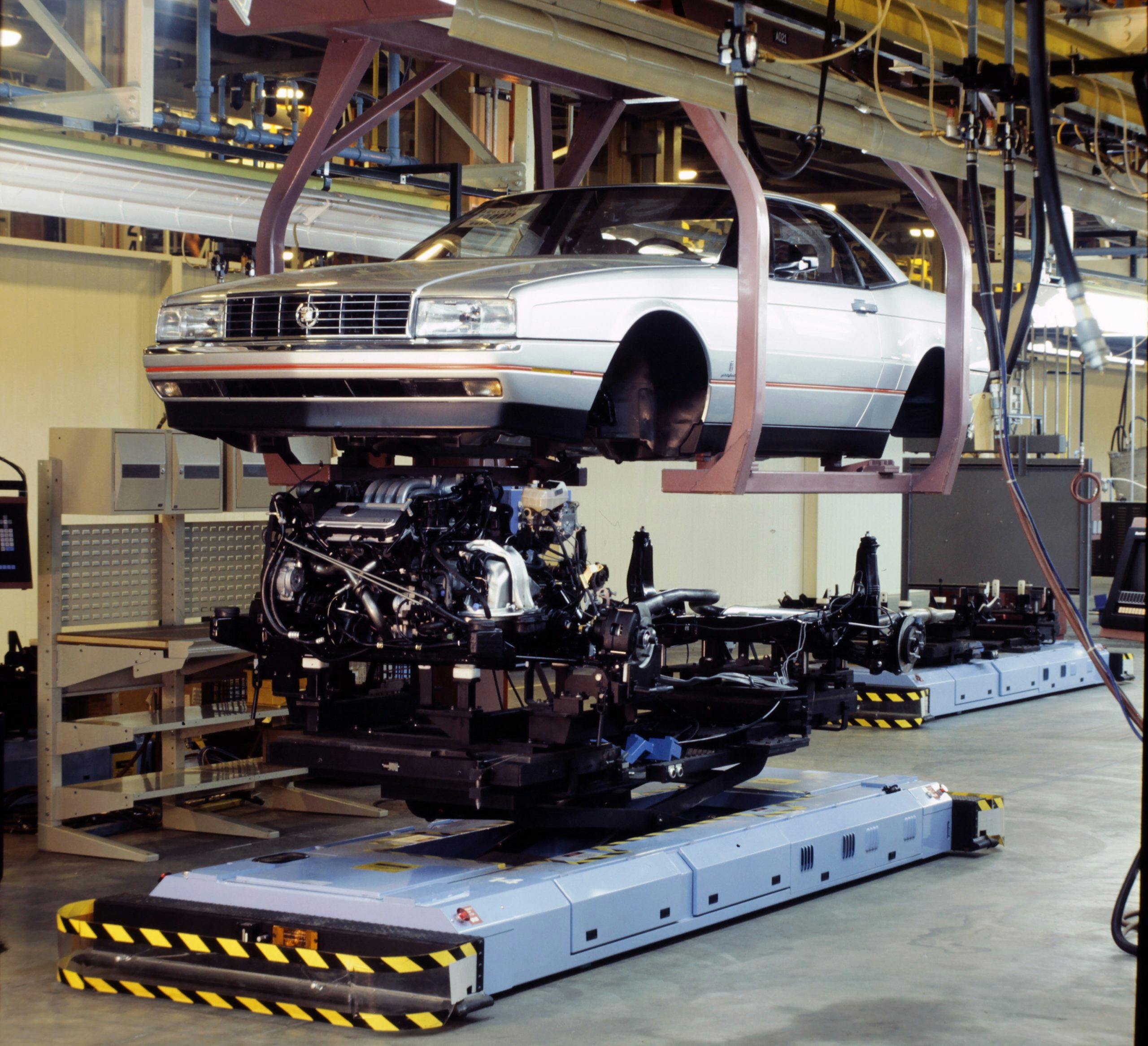
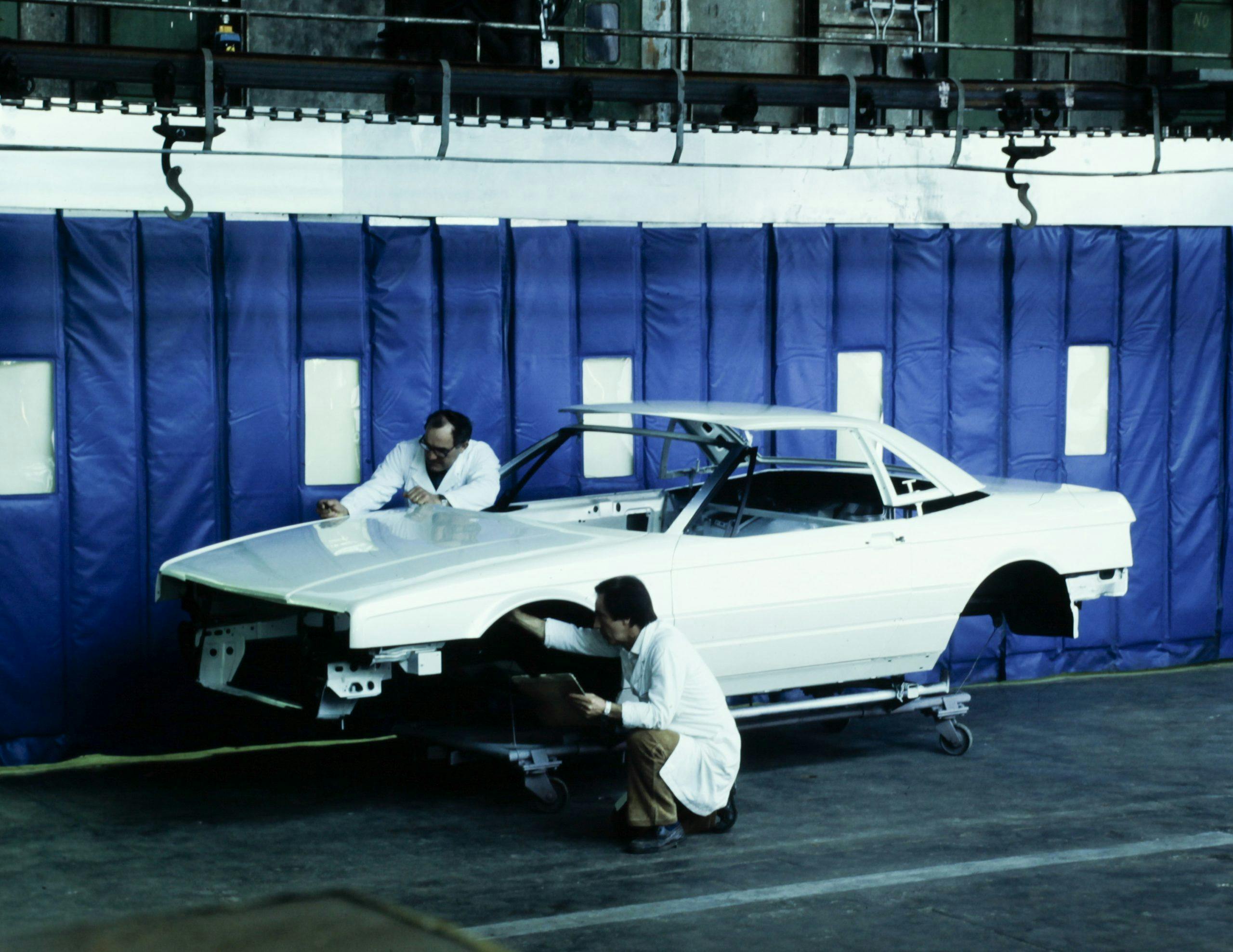

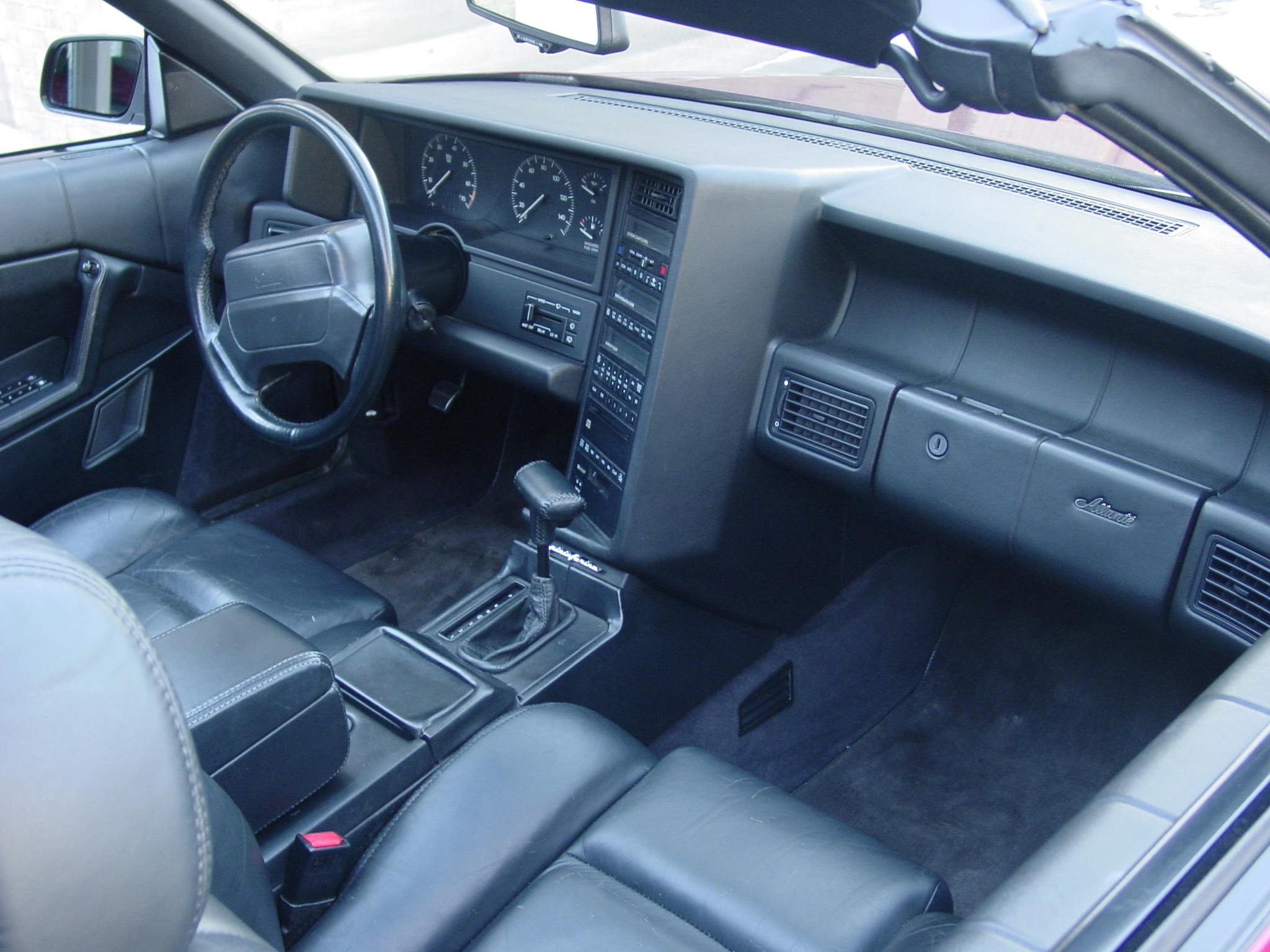
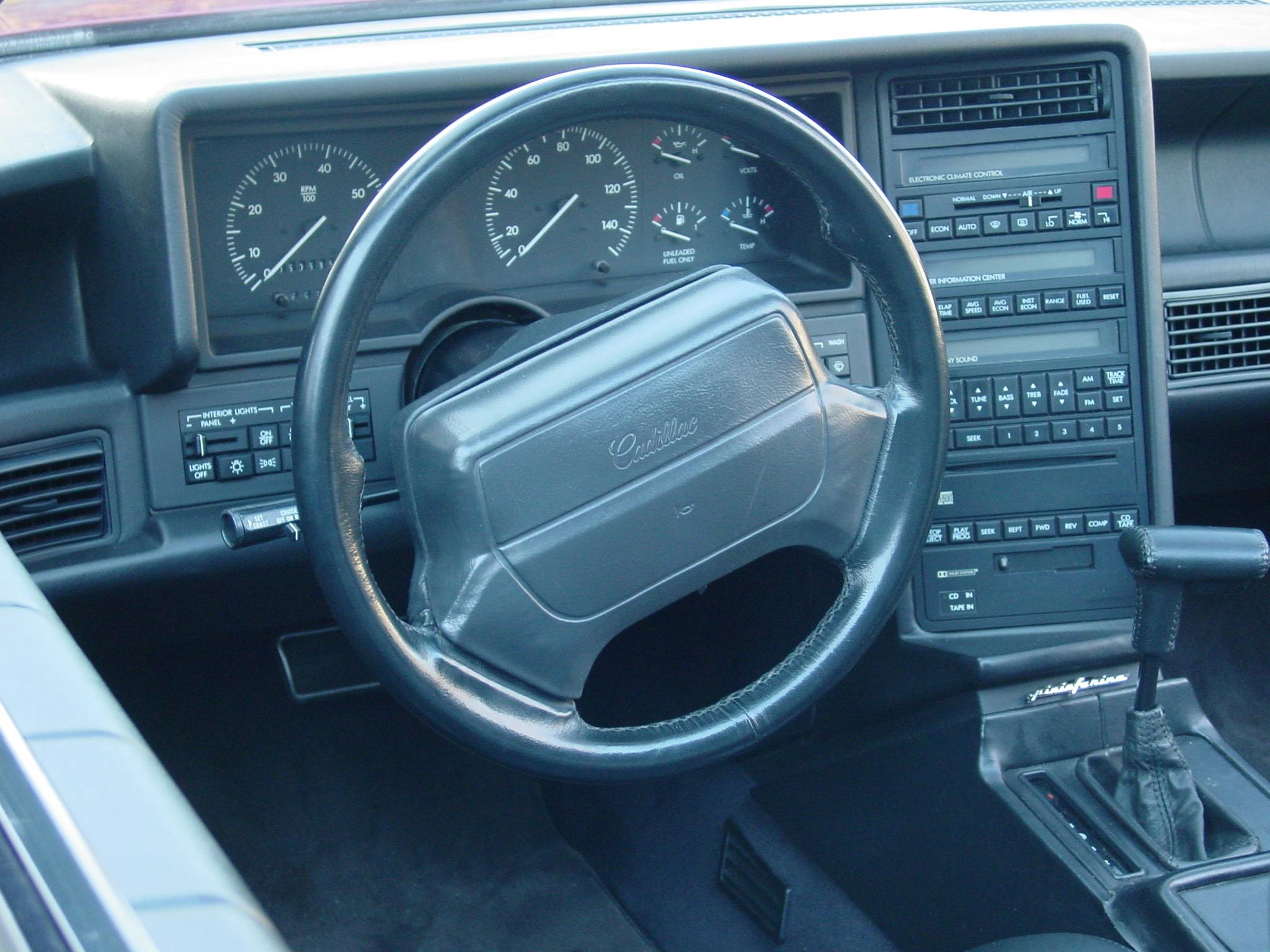
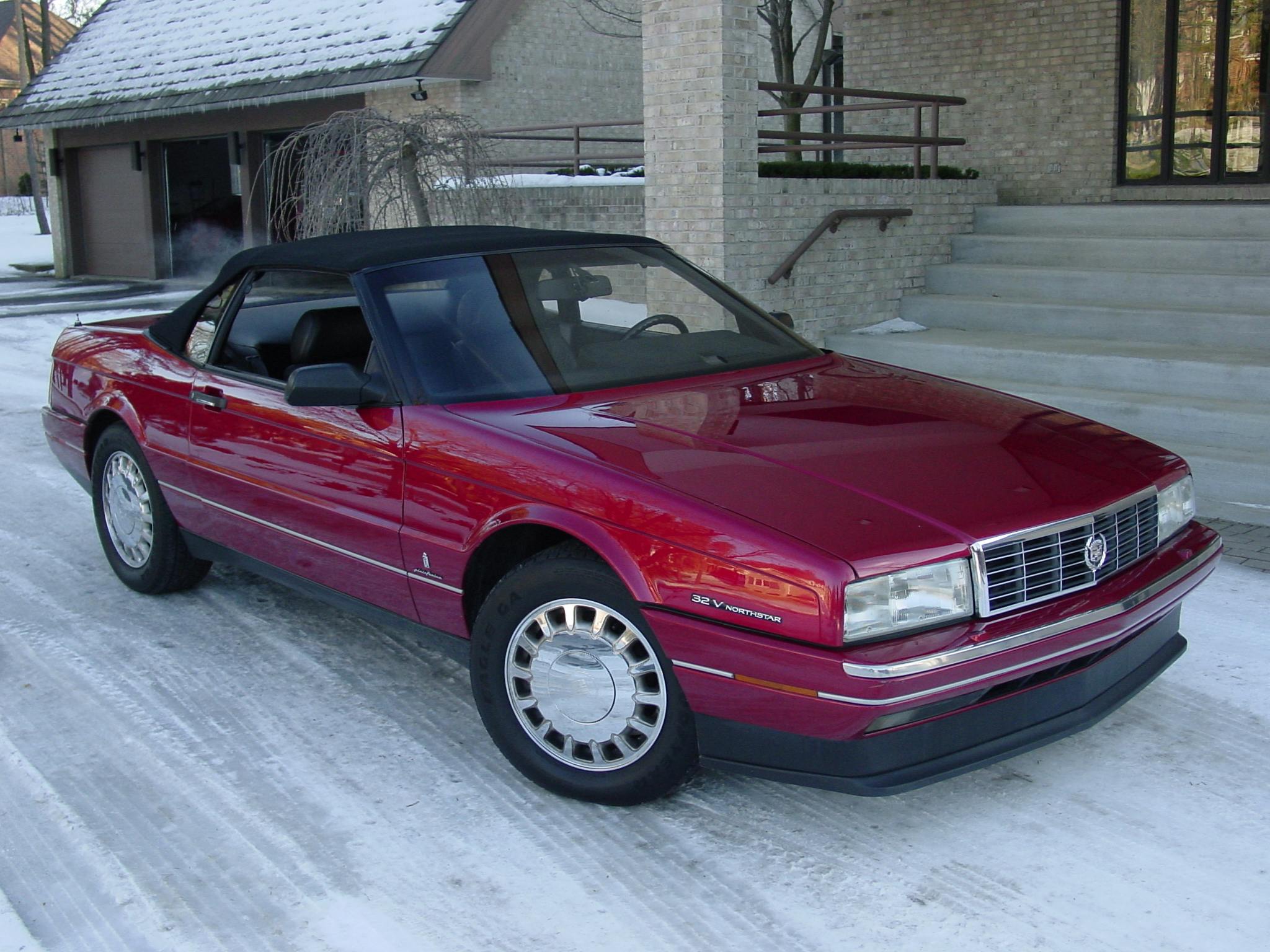




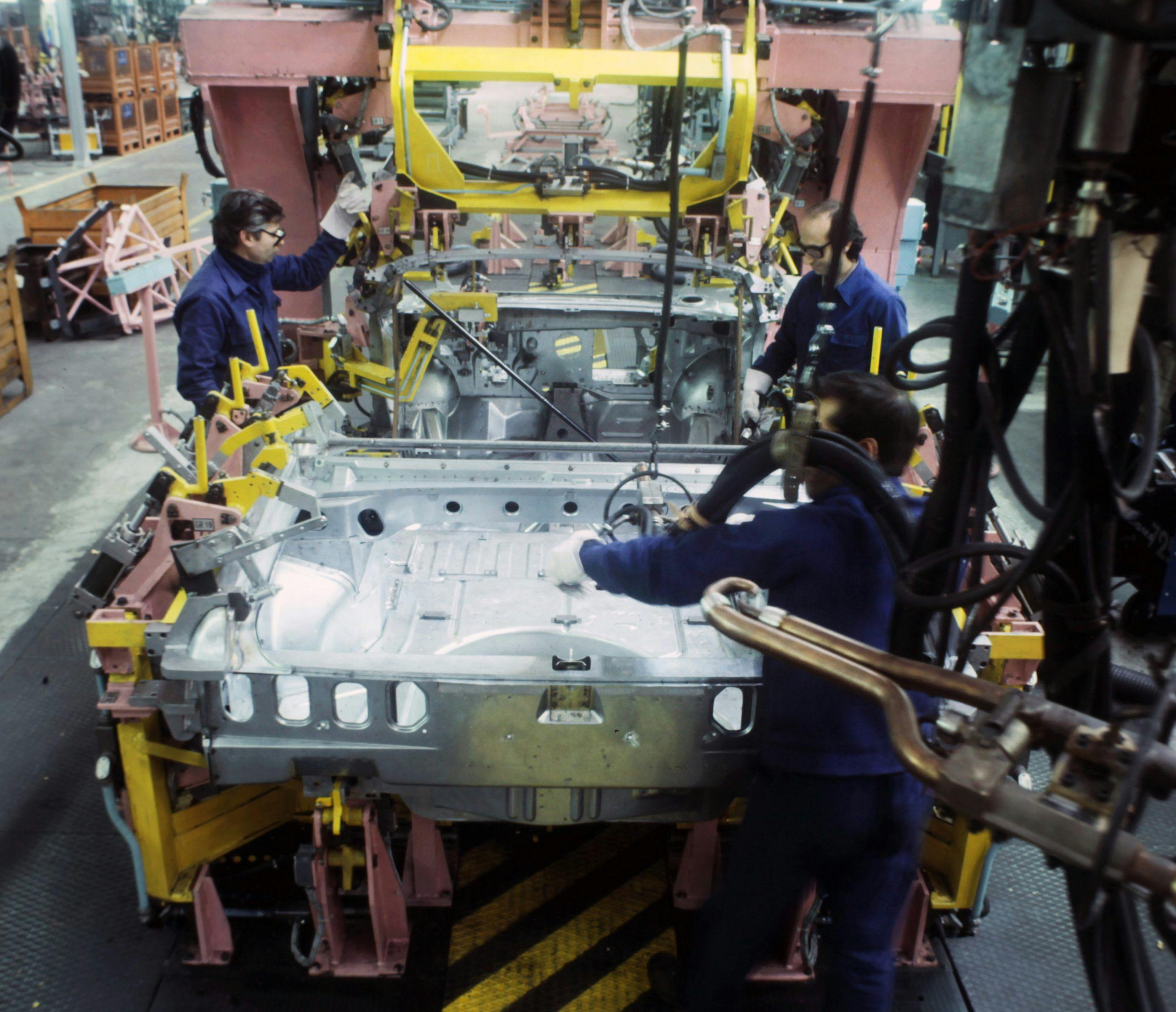

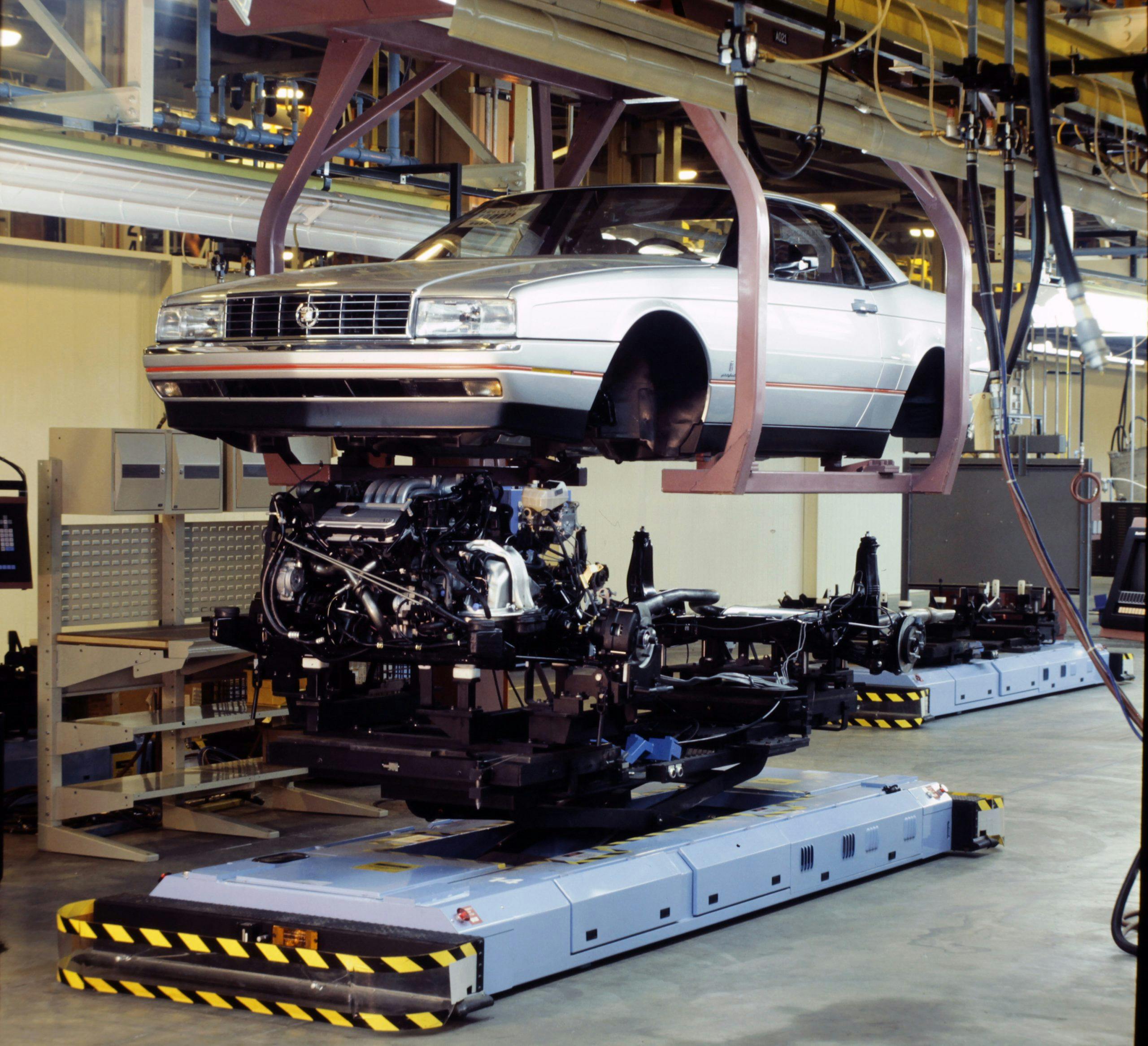





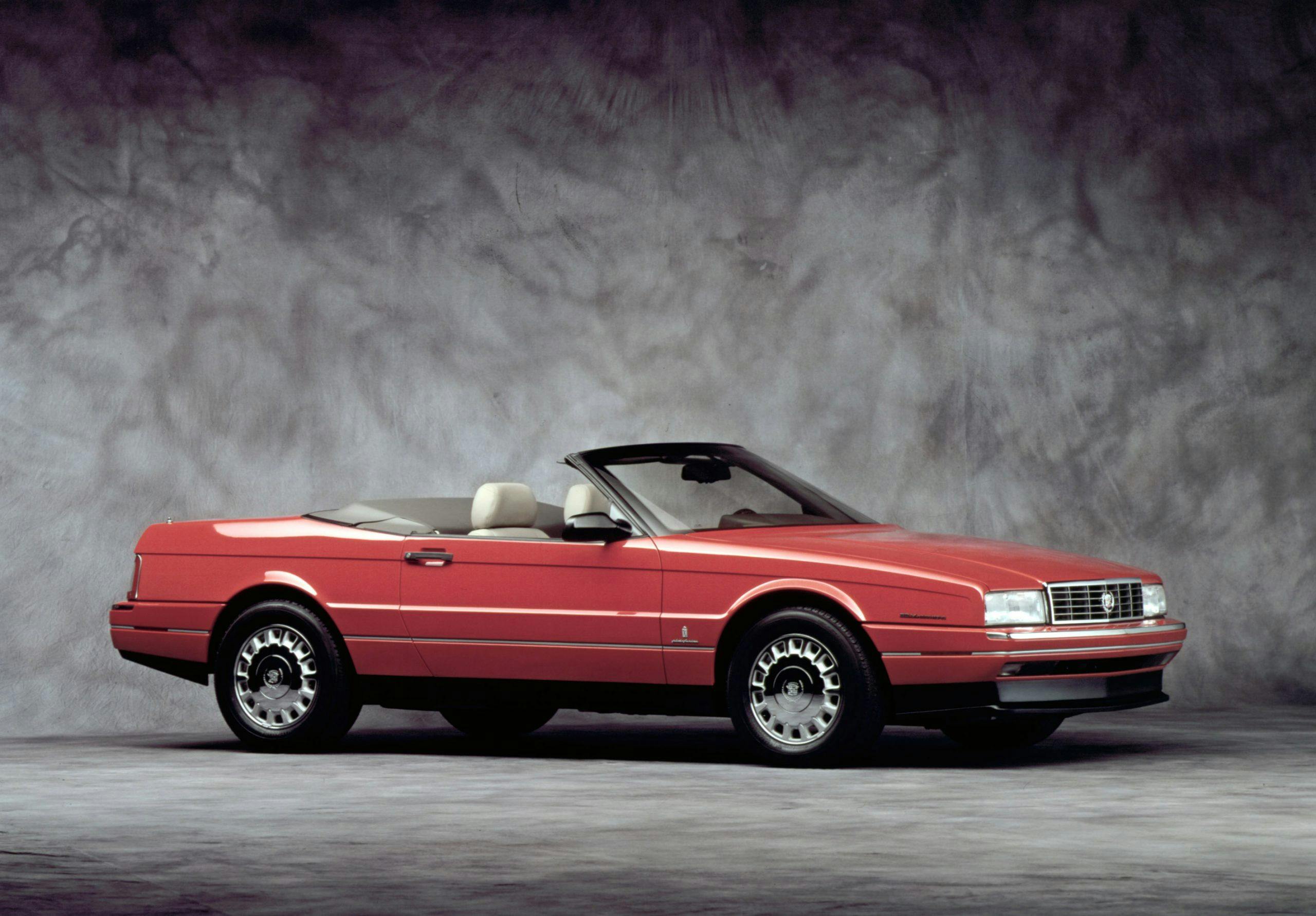
A good friend owns a 1993 Cadillac Allante, Is there a way I can obtain a paper copy of Gary Witzenburg’s 23 June 2020 article – The Allante was once envisioned as “The New Spirit of Cadillac” ?
I could not be more pleased with my ‘93 Allanté. It turns heads and performs like a dream. And if I needed a parts car, I could afford one!
I have one of the 2500 1991 Cadillac Allantes but I need to restore the exterior paint job, replace the soft top and generally get it back to consistent drivability. What do I do?
Dad’s Executor